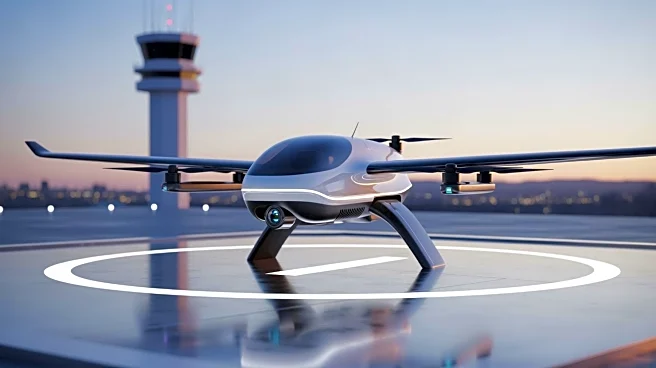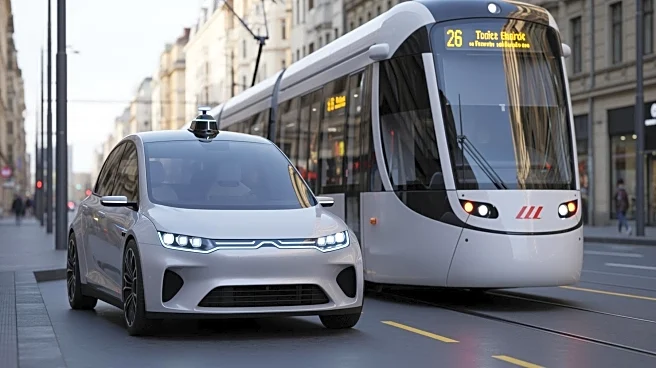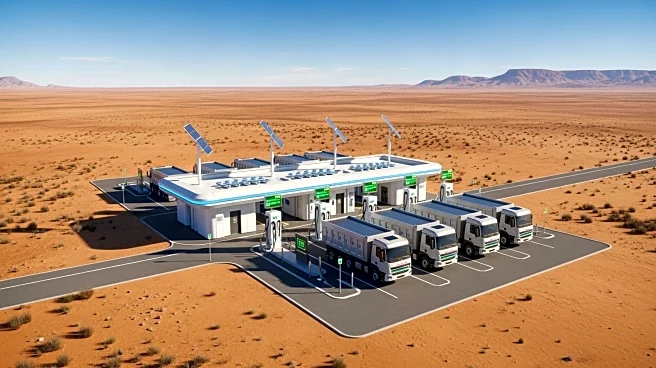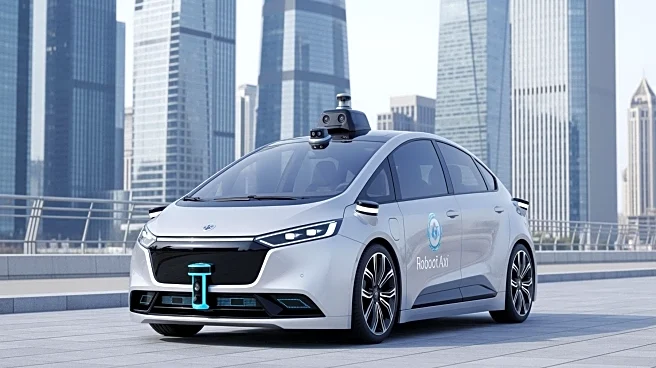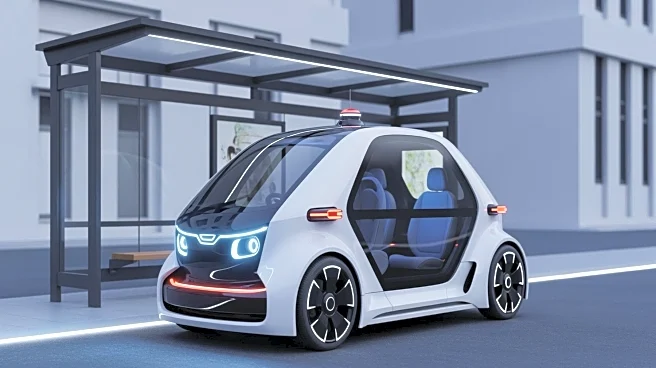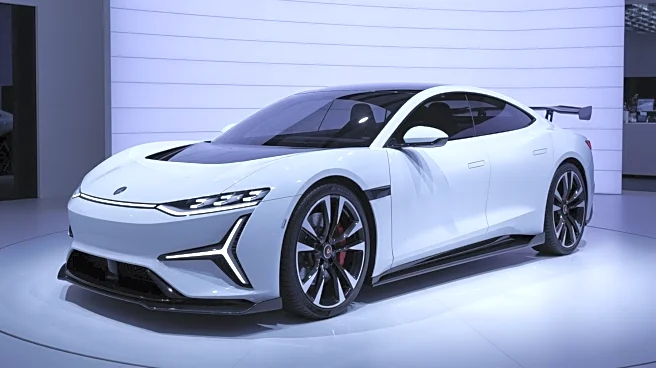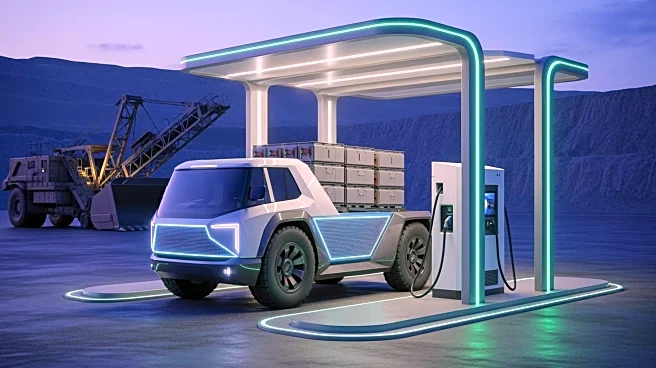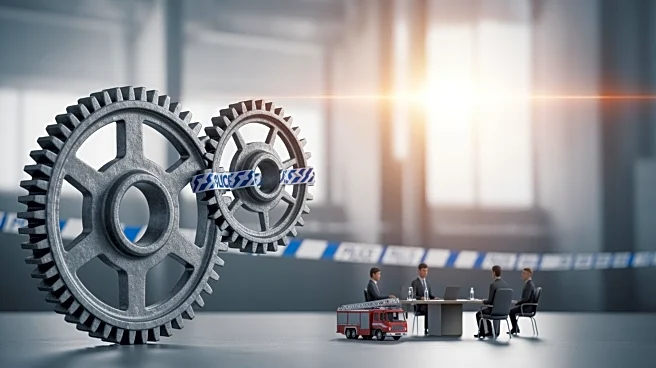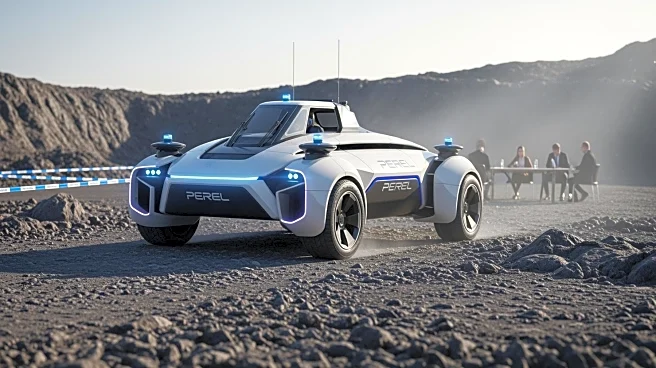What's Happening?
The advanced air mobility (AAM) sector is at a pivotal moment, requiring a significant demonstration of its capabilities to prove its viability. This situation is reminiscent of a historical event in 1933 when the DC-1 aircraft, piloted by Eddie Allen,
successfully completed a challenging flight, proving the potential of high-performance aircraft. Today, AAM, which has seen over $20 billion in investments, needs a similar breakthrough. The proposed test involves a vertical-takeoff-and-landing (VTOL) flight covering a 25-mile round trip on a single charge, with a pilot and 800 pounds of ballast. This test is crucial as it addresses the fundamental challenge of energy consumption in vertical flight, which is significantly higher than in level cruising. Despite numerous electric VTOL (eVTOL) contenders, none have yet demonstrated this basic mission, highlighting the technical difficulties involved.
Why It's Important?
The success or failure of this test could have significant implications for the future of urban air mobility and the broader transportation industry. A successful demonstration would validate the feasibility of eVTOLs, potentially revolutionizing urban transport by offering faster, more efficient travel options. However, the current limitations of battery technology pose a significant challenge, as eVTOLs require substantial power for vertical takeoff and landing. The outcome of this test could influence investor confidence and determine the pace of future developments in the AAM sector. If successful, it could lead to increased investment and accelerated development, while failure might prompt a reevaluation of current technological approaches and timelines.
What's Next?
The AAM industry is likely to focus on overcoming the technical challenges highlighted by this test. Stakeholders, including investors and manufacturers, will be closely monitoring the results to guide future strategies. If the test is successful, it could lead to further demonstrations and eventual commercial deployment. Conversely, if the test fails, it may necessitate a shift in focus towards improving battery technology and energy efficiency. Regulatory bodies may also play a role in setting standards and guidelines for future AAM operations, influencing the industry's trajectory.
Beyond the Headlines
The broader implications of this development extend to environmental and urban planning considerations. A successful AAM sector could reduce traffic congestion and lower emissions, contributing to more sustainable urban environments. However, it also raises questions about airspace management, noise pollution, and infrastructure requirements for vertiports. The industry's progress will likely influence public policy and urban development strategies, as cities adapt to integrate new forms of transportation.
